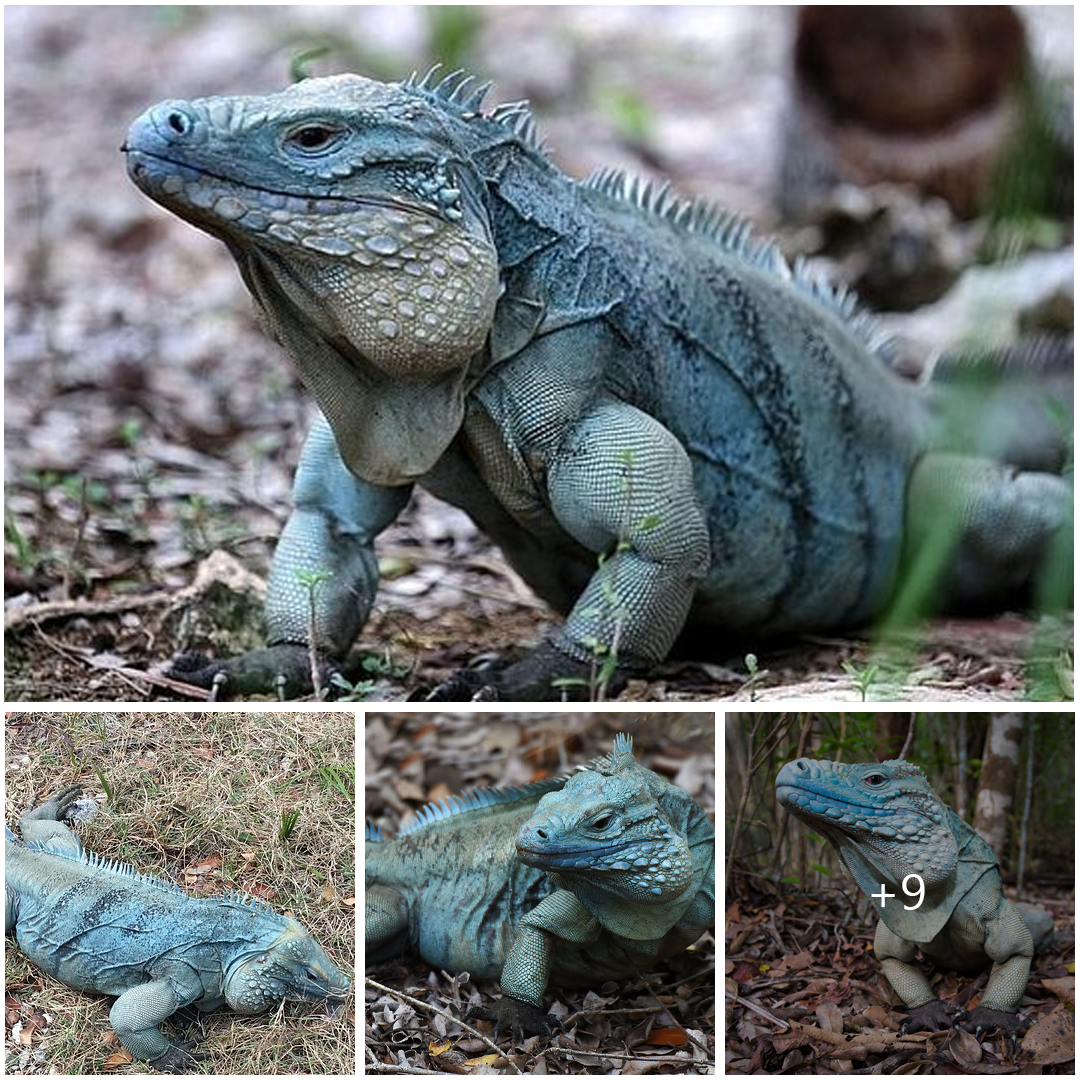
The Majestic Grand Cayman Blue Iguana: Preserving a Symbol of Hope
The Grand Cayman blue iguana (Cyclura lewisi), also known as the Grand Cayman rock iguana, is a fascinating reptile native to the island of Grand Cayman in the Caribbean. Once on the brink of extinction, this iconic species has made a remarkable comeback thanks to conservation efforts aimed at protecting its habitat and breeding in captivity. In this article, we delve into the world of the Grand Cayman blue iguana, exploring its history, characteristics, and the ongoing efforts to ensure its survival.
The Grand Cayman blue iguana is known for its striking appearance, with its distinctive blue-gray skin and robust body. Growing up to 5 feet in length, it is one of the largest species of iguana in the world. Despite its imposing size, the Grand Cayman blue iguana is primarily herbivorous, feeding on a diet of fruits, flowers, and leaves.
Once considered critically endangered, the Grand Cayman blue iguana has benefited from conservation initiatives spearheaded by organizations such as the Blue Iguana Recovery Program. Through captive breeding and habitat restoration efforts, populations of this species have rebounded, offering hope for its long-term survival.
Despite these successes, the Grand Cayman blue iguana still faces threats from habitat loss, predation by invasive species, and road mortality. Continued conservation efforts, including habitat protection, predator control, and public education, are essential for ensuring the future of this iconic reptile.





